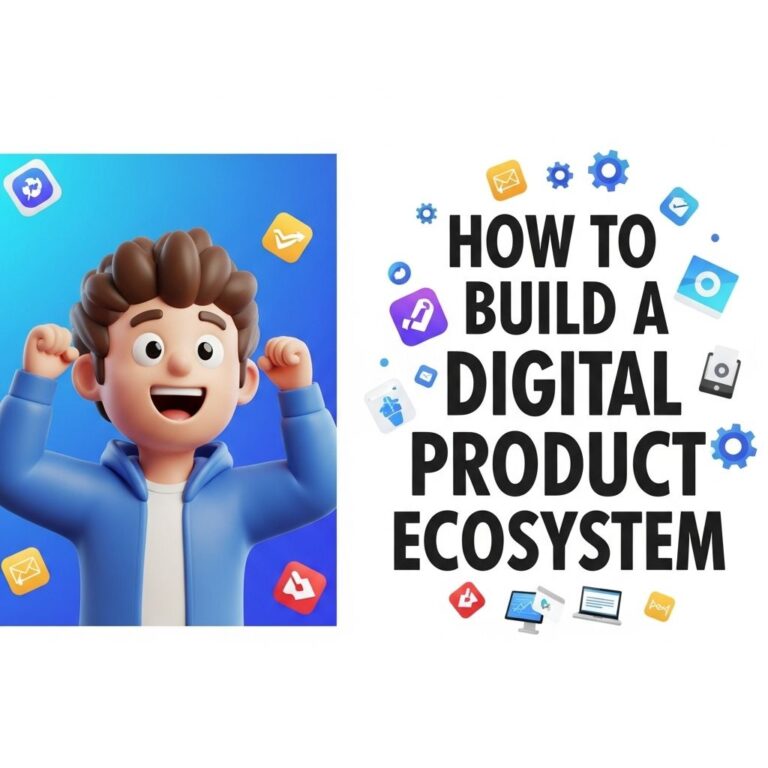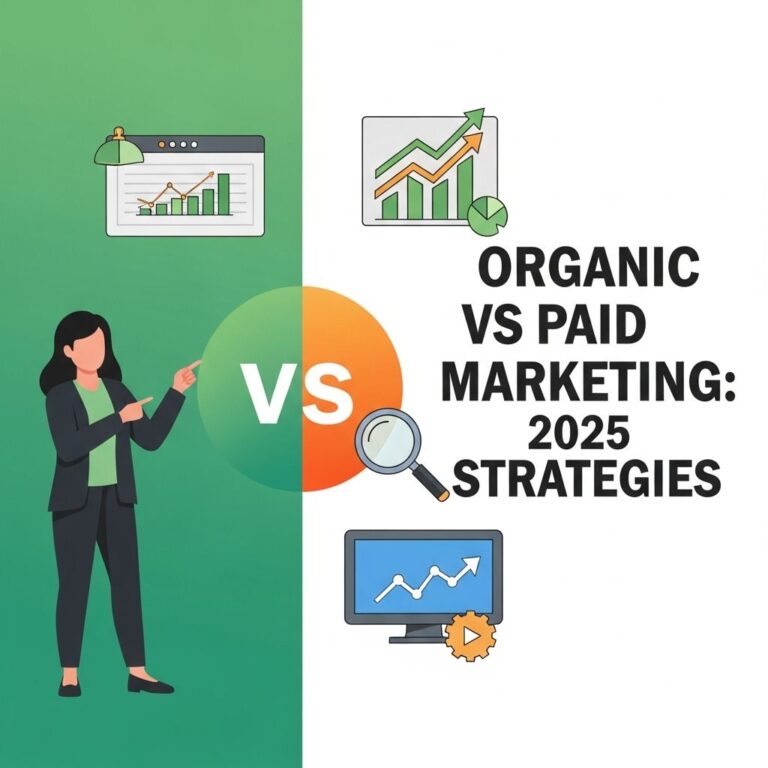Table of Contents
Elevating User Experience: 10 Strategies for Digital Success
In today’s fast-paced digital landscape, user experience (UX) has become a cornerstone of success for businesses and organizations alike. A seamless and engaging user experience not only helps retain customers but also drives brand loyalty and revenue. In this article, we’ll explore ten effective strategies that can help elevate user experience and pave the way for digital success.
1. Understand Your Audience
Knowing your audience is the first step to creating a positive user experience. Utilize analytics and user feedback to understand their needs, preferences, and pain points. Here are some methods to gather insights:
- Conduct surveys and interviews
- Analyze user behavior through heat maps
- Utilize social media listening tools
2. Streamline User Journeys
A user’s journey through your digital platform should be intuitive and straightforward. Redesign your navigation and site architecture to minimize friction. Consider the following:
- Reduce the number of clicks needed to reach desired information
- Create clear pathways for conversion
- Include breadcrumb trails for easy navigation
3. Prioritize Mobile Responsiveness
With the increasing use of mobile devices, ensuring that your website is mobile-responsive is essential. Implement responsive web design principles to ensure users have a positive experience regardless of the device they use. Key points include:
- Flexible grids and layouts
- Resize images and media accordingly
- Optimize loading speeds on mobile
4. Enhance Visual Design
First impressions matter. An aesthetically pleasing design can captivate users and foster engagement. Focus on the following elements:
- Consistent color schemes that align with your brand
- High-quality images and graphics
- A clear visual hierarchy to guide users
5. Improve Loading Speed
Users expect quick loading times; any delay can lead to high bounce rates. Optimize your website to load within three seconds with these strategies:
- Compress images and files
- Minimize HTTP requests
- Implement browser caching
6. Utilize User Feedback
Regularly collect and analyze user feedback to continuously improve the user experience. Employ mechanisms such as:
- User satisfaction surveys
- Usability testing sessions
- Feedback buttons on your website
7. Implement Accessibility Standards
Ensuring your website is accessible to all users, including those with disabilities, is crucial. This not only broadens your audience but also enhances user experience. Consider these standards:
- Use alt text for images
- Ensure keyboard navigability
- Apply ARIA (Accessible Rich Internet Applications) labels
8. Leverage Personalization
Personalization creates a more relevant user experience by tailoring content and recommendations to individual users. Implement these tactics:
- Use cookies to remember user preferences
- Provide personalized content or product recommendations
- Send customized email campaigns
9. Offer Clear Calls to Action (CTAs)
Effective CTAs guide users towards desired actions. They should be compelling and easy to locate. Consider these tips:
- Use action-oriented language
- Place CTAs strategically within the content
- Make buttons visually distinct and noticeable
10. Monitor and Analyze Performance
Finally, continuously monitor your website’s performance to identify areas of improvement. Make use of analytics tools to track:
- User behavior patterns
- Conversion rates
- Bounce rates and exit pages
Conclusion
Elevating user experience is not a one-time goal but an ongoing process that requires dedication and attention to detail. By implementing these ten strategies, businesses can create digital environments that not only meet the needs of their users but also stand out in a competitive marketplace. Remember, a satisfied user is more likely to convert into a loyal customer, ultimately driving the success of your digital initiatives.
Table: Summary of User Experience Strategies
| Strategy | Description |
|---|---|
| 1. Understand Your Audience | Gather insights on user preferences and needs. |
| 2. Streamline User Journeys | Reduce friction in navigation and pathways. |
| 3. Prioritize Mobile Responsiveness | Ensure usability across all devices. |
| 4. Enhance Visual Design | Create an aesthetically pleasing interface. |
| 5. Improve Loading Speed | Optimize your website for faster loading times. |
| 6. Utilize User Feedback | Continuously collect and analyze user insights. |
| 7. Implement Accessibility Standards | Make your website usable for all individuals. |
| 8. Leverage Personalization | Tailor content and recommendations for users. |
| 9. Offer Clear Calls to Action | Guide users towards desired actions. |
| 10. Monitor and Analyze Performance | Track metrics to identify improvement areas. |
FAQ
What are some effective strategies to enhance user experience in digital platforms?
Some effective strategies include optimizing website speed, simplifying navigation, creating responsive designs, and ensuring accessibility for all users.
How can user feedback improve digital user experience?
User feedback can provide valuable insights into pain points and preferences, allowing businesses to make informed adjustments and improvements to their digital platforms.
Why is mobile optimization important for user experience?
Mobile optimization is crucial because a significant portion of users access digital content via mobile devices; ensuring a seamless experience can increase engagement and satisfaction.
What role does content quality play in user experience?
High-quality content enhances user experience by providing value, keeping users engaged, and encouraging them to return, which can also improve SEO rankings.
How can personalization improve user experience?
Personalization can significantly enhance user experience by tailoring content and recommendations to individual preferences, making users feel valued and understood.
What is the impact of website loading speed on user experience?
Website loading speed is critical; faster loading times lead to lower bounce rates and higher user satisfaction, ultimately contributing to better conversion rates.









